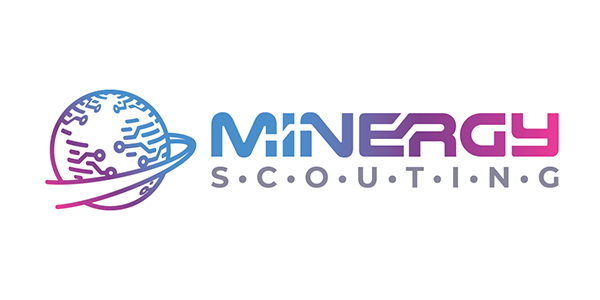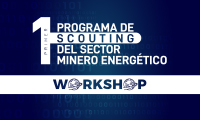Corrosion prevention of insulated pipelines
A challenge for HUNT
Deadline to apply:
Fecha abierta
How to prevent external corrosion inside the insulated pipelines which operate at cyclical times in the natural gas liquefaction plant.
CONTEXT OF THE PROBLEM
Hunt LNG is a company in charge of the operation of the natural gas liquefaction plant of PERU LNG. It is located in San Vicente de Cañete, Lima. Due to its location in front of the sea, it is exposed to a maritime environment with a high risk of very aggressive corrosion. A high level of corrosion in the plant's piping can cause damage and even leaks if exposed to more extreme levels. This damage will imply an increase in man-hours, a forced shutdown of the plant for maintenance, and reduced efficiency and reliability of the plant (in addition, the volumes of LNG produced will be reduced).
DESCRIPTION OF THE PROBLEM
We are looking for preventive measures to protect for thermally insulated pipelines during localized heating cycles of certain pipelines and during severe heating cycles between 20° and -280°C for 12 hours against corrosion under insulation (such as special paintings, coatings, or other alternatives resistant to these extreme changes). We are also looking for systems that help us to monitor and detect corrosion for these pipelines that are not visible to the eye (because they are insulated, or because they are located at height or in places with poor accessibility). This in order to prioritize maintenance efforts.
FREQUENCY OF THE PROBLEM
The damage to the piping has been continuous and cumulative. The plant dates back to 2008. Since then, it has undergone a gradual loss of its protective painting under the thermal insulation. Insulated pipelines can only be inspected indirectly and with low effectiveness. One option could be to remove the insulation, but this procedure is costly and must be performed during plant shutdowns due to the short time of cooldown process.
PARTIAL SOLUTIONS
Currently, we use different solutions: non-destructive testing to detect potentially corroded areas, opening of thermal insulation, application recoating with the objectif of thermal atomizing of aluminum, etc. However, this system is not 100% effective because the correction cannot be done during a short maintenance period. Doing these applications during operation is dangerous and with a risk of application errors because of the short cycle times at room temperature, in contrast to the times required for the maintenance phases.
IMPACT OF THE PROBLEM
Corrosion under insulation in all process piping, including the small diameter interconnections, is a serious threat to the plant's integrity. Without proper prevention, over the years, the cost of material replacement will increase, the cost of maintenance will also increase, as well as leakage problems. This will jeopardize the safety of all personnel, will damage all assets and the environment, and will reduce the reliability and reputation of the plant.
QUANTIFICATION OF THE PROBLEM
Some specific areas have been identified with thickness reduction. However, within design limits, we have also identified un-affected thickness painting losses in major areas of the process. However, this requires planning larger areas of corrective maintenance for these paintings in order to keep the protection during operation between major maintenance shutdowns. Historical cases in the industry have shown us that the probability of damage increases after 12 years of operation if no action is taken in this aspect.

 Do you have additional questions about the challenge?
Do you have additional questions about the challenge?


